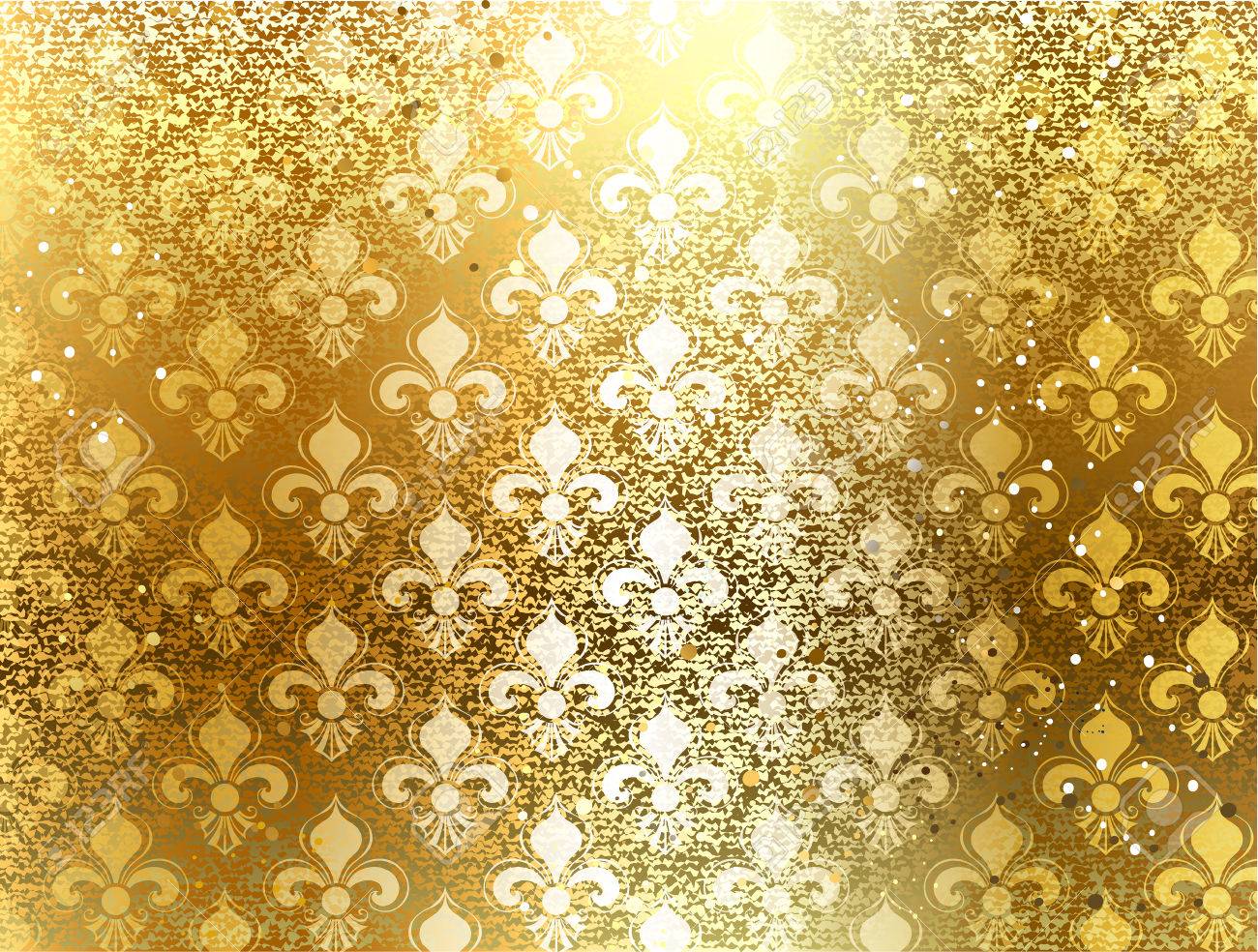

Various colored threads are mixed together, showing a gradual change in color with a rich and harmonious tone. Cotton and flax are intertwined elaborately to form a thick cloth. Its history can be traced back to the Song Dynasty.

Zhuang brocade is the traditional handicraft of the Zhuang minority in Guangxi. The material is soft and supple with rich, vivid designs and bright colors. Song brocade was produced on a large scale and reached its artistic culmination during the Song Dynasty. Soft and colorful, it is a splendid pearl in China's silk thesaurus. Shu brocade uses red as its predominant color. As early as 1907, Shu brocade won the international prize in the South Pacific Exhibition, the gold prize in the 1908 Panama Exhibition, and was named "Oriental Beauty" in the Pan-Nations Exhibition in New York, America in 1937. It is an important cultural heritage and prestigious craftwork in China. Shu brocade, made in Sichun, had its origins in the Han Dynasty. Yun brocade was presented as gifts to ministers, envoys, and foreign monarchies. It is known as the "treasure of the Orient" and "a rarity in China." This brocade was used as material for imperial robes and concubines' clothing. Yun brocade is well known for its extensive use of gold and silver threads. Nanjing Yun brocade, with a history of 1580 years, was developed during the Yuan Dynasty. Among the various kinds of brocades found in China, the most famous brocade including the Yun Brocade, the Shu Brocade, and Zhuang Brocade. It is rich in color and texture with patterns usually from Chinese folklore. ‘We know from these extremely detailed and descriptive pictures that angarkha constructed from gold brocade were highly fashionable at court in the 17th and and 18th centuries,’ says Atighi Moghaddam.Home Chinese Culture Chinese Silk BrocadeĬhinese brocade, as it is known today, has takers from all across the globe. Surviving contemporary Mughal paintings enable scholars to date styles and fashions, as well as textiles and designs. ‘It’s possible that this was the case with ours.’ ‘Because metal-thread brocade robes were so expensive to make, old garments were often reused and refashioned into newer styles,’ says Atighi Moghaddam. The high neck and knee-length hem classify it as an angarkhi, which is a shorter form of the angarkha, a type of Mughal robe worn by men and characterised by an inserted panel over the chest. The shape of the present robe, however, is typically Mughal. ‘At the turn of the 18th century, highly skilled Mughal and Persian artisans would have travelled between the two courts, combining the traditional techniques and designs of each empire in their work.’

Latest News 04 Oct Ethical Consumerism Really Comments Off on Ethical Consumerism Really 19 Nov Welcome to Flatsome. ‘It reflects a unique period of diplomatic and cultural exchange between the Mughal and Safavid courts,’ says the specialist. Gold Brocade, your ethical online platform, with every purchase donate 1 to your chosen cause that is closest to your heart. The robe is decorated with Persian-style rose bushes woven in coloured silk - a motif widely found in Mughal textiles, from carpets and shawls to velvets. Originally zari was made of real silver of 98 percent purity but as this is not feasible synthetic zari is used. ‘This would have been a highly prized possession, most likely worn by an important member of the royal inner circle.’ Brocade saris of India are made of this gold or silver zari is used along with coloured silks to create various intricate motifs in this brocade fabric. ‘The weight of the robe surprises you,’ says Atighi Moghaddam. A rare survival of the Mughal silk ateliers, this magnificent metal-thread brocade garment features an entirely gold ground.


 0 kommentar(er)
0 kommentar(er)
